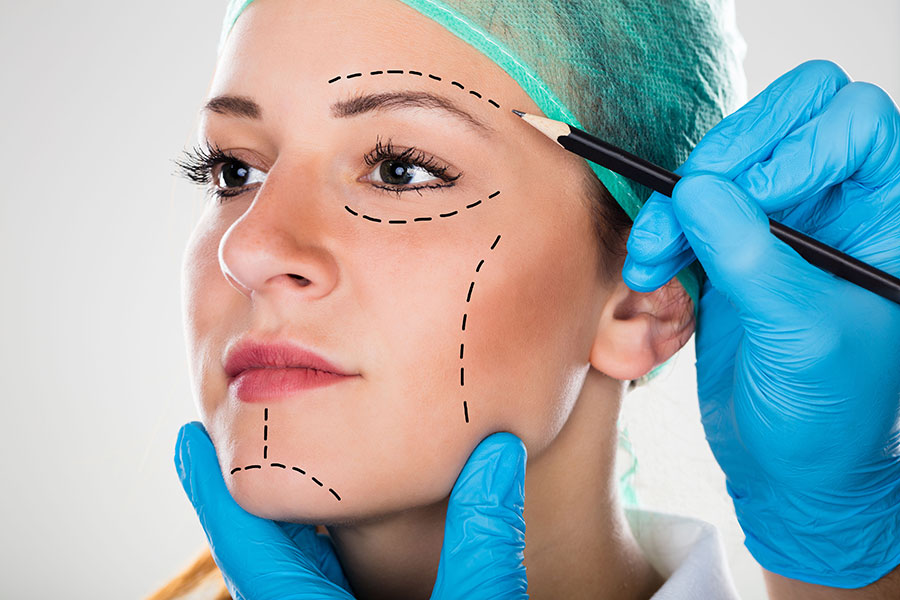Aesthetic Procedures: Facial Fat Grafting and Contouring
Facial Fat Grafting And Contouring
Facial fat grafting
WHAT AREAS ARE SUITABLE FOR FACIAL FAT GRAFTING?
The areas of the face where fat is commonly injected include the forehead, the temples, the upper and lower eyelids (see periorbital fat grafting), the cheek, the nose, the lips, and the chin.
FACIAL FAT GRAFTING VS FACIAL FILLERS
The advantages of fat grafting are numerous. It is a natural, long-lasting volumizing material which is your own, thus there is no risk of rejection and a lower risk of infection compared to artificial filler materials. The stem cells and growth factors contained in the aspirate have beneficial effects that help the fat cells to survive while also regenerating tissue and diminishing skin damage, reversing the appearance and effects of ageing.
HOW IS A FACIAL FAT GRAFTING PERFORMED?
The procedure can be done under local anaesthesia (LA), LA with sedation, or general anaesthesia, depending on the volume of fat graft needed or whether other procedures are being done simultaneously. Complications with fat grafting are uncommon, but include those related to liposuction, as well as infection or asymmetries where the fat is injected.
If injected well, about 70% of the fat volume transferred can remain in the treated areas, with the final result seen in 2 to 3 months after the procedure. Your surgeon may inject slightly more fat at the initial sitting to help you achieve a long-lasting result and avoid the need for repeat procedures. All of these should be discussed with your plastic surgeon at your initial consult.
Facial contouring using implants
PATIENT STORIES
Post Massive Weight Loss Body Contouring
A 40-year-old lady consulted with Dr Pek with the desire to correct large amounts of excess skin and soft tissue. She had undergone Bariatric Surgery (Sleeve Gastrectomy) 2 years prior to her presentation and had successfully lost almost 30kg of weight. With ... Read more
Treat Gynecomastia with Minimally Invasive Methods in Singapore
A 38-year-old male engineer presented to Dr Pek with symptomatic growth of his chest/breast area. Since puberty, he complained of unusually prominent chest tissue around his nipple and areolar region. This had worsened gradually over the years, with the left ... Read more
Upper eyelid lift and eyebags rejuvenation
63 years old Chinese female with hypertension and hyperlipidemia presented to Dr Pek with significant droopiness of her upper eyelids on both sides, affecting the upper portion of her visual field. She would constantly feel that her upper eyelids were heavy, ... Read more
Bilateral breast reconstruction using abdominal free flaps
A 45-year-old mother of 2 children was diagnosed with left breast cancer, for which a skin-sparing mastectomy (total removal of breast tissue leaving behind the skin envelope) was recommended. Read more
ARTICLES
TL;DR: A tummy tuck (abdominoplasty) goes beyond aesthetics ...
TL;DR: Lymphedema is long-term swelling caused by poor ...
Contact Form
1 Orchard Boulevard #10-08 Camden Medical Centre, Singapore 248649
6 Napier Rd, #08-01 Gleneagles Medical Center, Singapore 258499
Tel: +65 6737 4565 | Mobile: +65 8828 4565 | Email: clinic@polarisplasticsurgery.com | Business Hours: Mon - Fri: 9am - 6pm | Sat: 9am - 1pm | Sun/Ph: Closed













